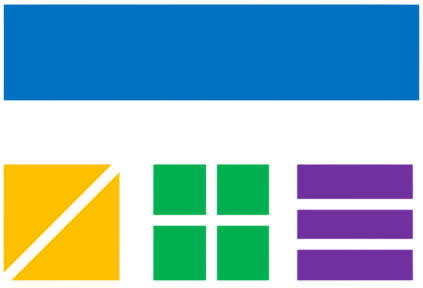Traditional IRA Calculator Information
What is a Traditional IRA Calculator?
Traditional IRA Calculator helps you estimate your retirement savings growth with tax-deferred Traditional IRA accounts. Enter your current balance, contribution amounts, and other details to see your projected retirement savings. This tool is ideal for anyone planning for retirement through a Traditional IRA.
How Traditional IRAs Work
A Traditional IRA is an individual retirement account that offers tax-deferred growth and potential tax deductions. Key terms:
- Pre-Tax Contributions: You may be able to deduct contributions from your taxable income.
- Tax-Deferred Growth: Investment earnings grow without being taxed until withdrawal.
- Taxed Withdrawals: Withdrawals in retirement are taxed as ordinary income.
- Required Minimum Distributions: Must begin taking withdrawals at age 72.
How Traditional IRA Growth Is Calculated
Traditional IRA growth uses compound interest with regular contributions. The formula for future value is:
- FV = Future value of the account
- P = Initial balance
- r = Annual return rate (decimal)
- n = Number of years
- PMT = Annual contribution amount
Example: $5,000 initial, $6,000/year contribution, 7% return, 30 years
Future Value ≈ $600,000
Traditional IRA vs Roth IRA
Traditional IRA Advantages
- Immediate tax deduction
- No income limits for contributions
- Tax-deferred growth
- Better for higher current tax brackets
Roth IRA Advantages
- Tax-free growth and withdrawals
- No required minimum distributions
- Flexible withdrawal rules
- Ideal for younger investors
Tips for Maximizing Your Traditional IRA
- Contribute the maximum amount allowed each year ($7,000 in 2024)
- Take advantage of tax deductions if eligible
- Start contributing early to maximize tax-deferred growth
- Plan for required minimum distributions at age 72
- Consider your current vs. future tax bracket
Frequently Asked Questions (FAQ)
Q: Are Traditional IRA contributions tax-deductible?
A: It depends on your income and whether you participate in an employer retirement plan. Check IRS guidelines for current deductibility rules.
Q: What are required minimum distributions (RMDs)?
A: RMDs are mandatory withdrawals starting at age 72. The amount is calculated based on your account balance and life expectancy.
Q: Should I choose Traditional or Roth IRA?
A: Traditional is better if you're in a high tax bracket now and expect lower taxes in retirement. Roth is better if you expect higher taxes in retirement.
Q: Can I convert a Traditional IRA to a Roth IRA?
A: Yes, you can convert, but you'll need to pay taxes on the converted amount in the year of conversion.
